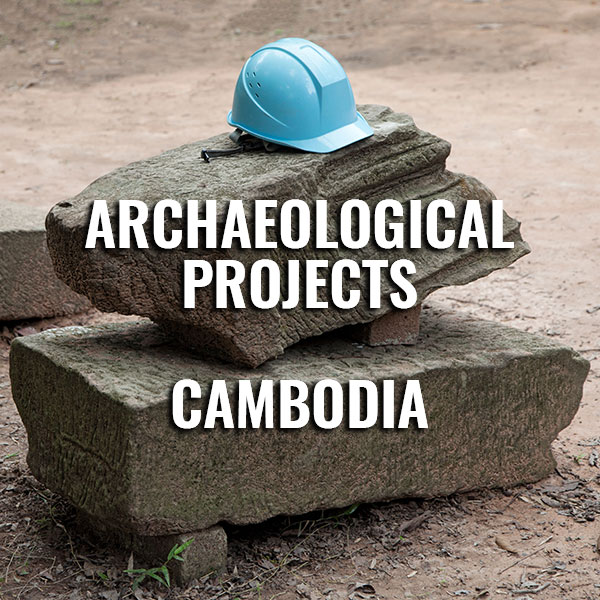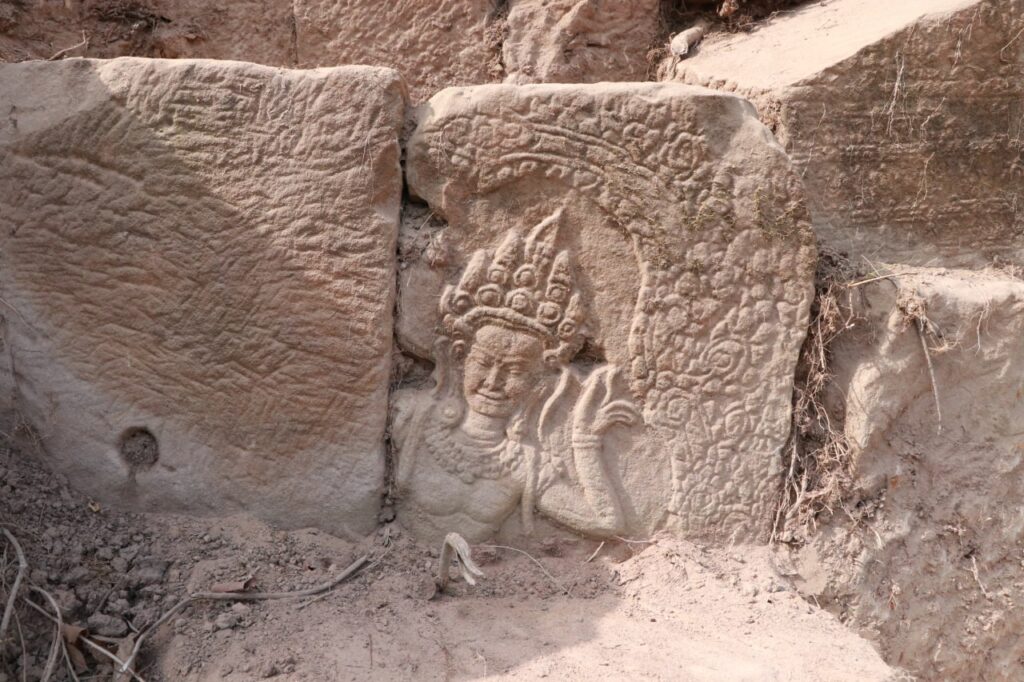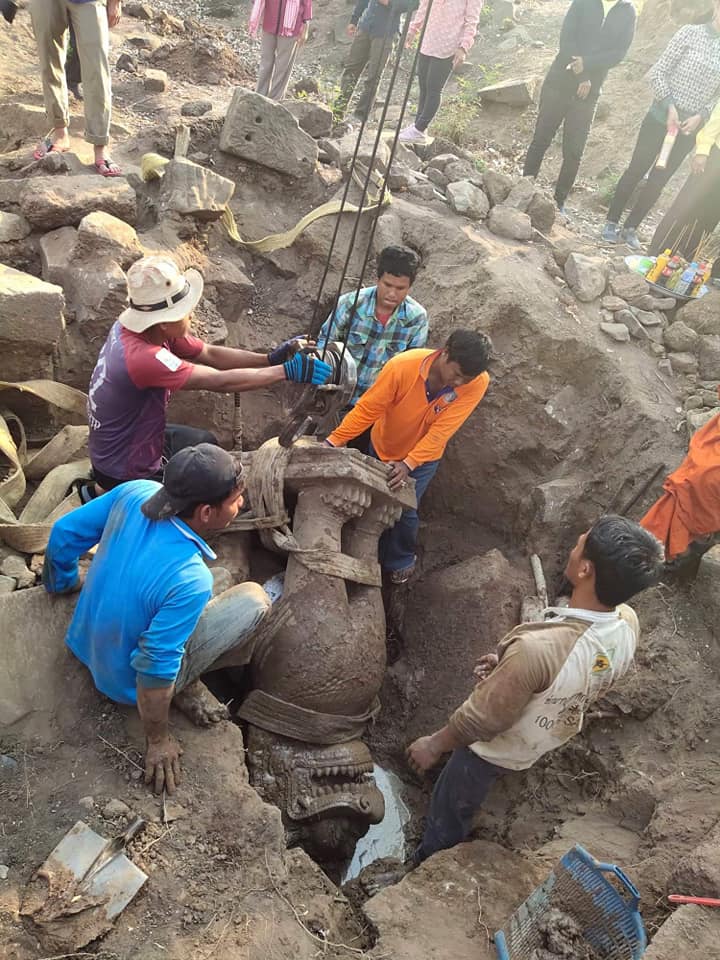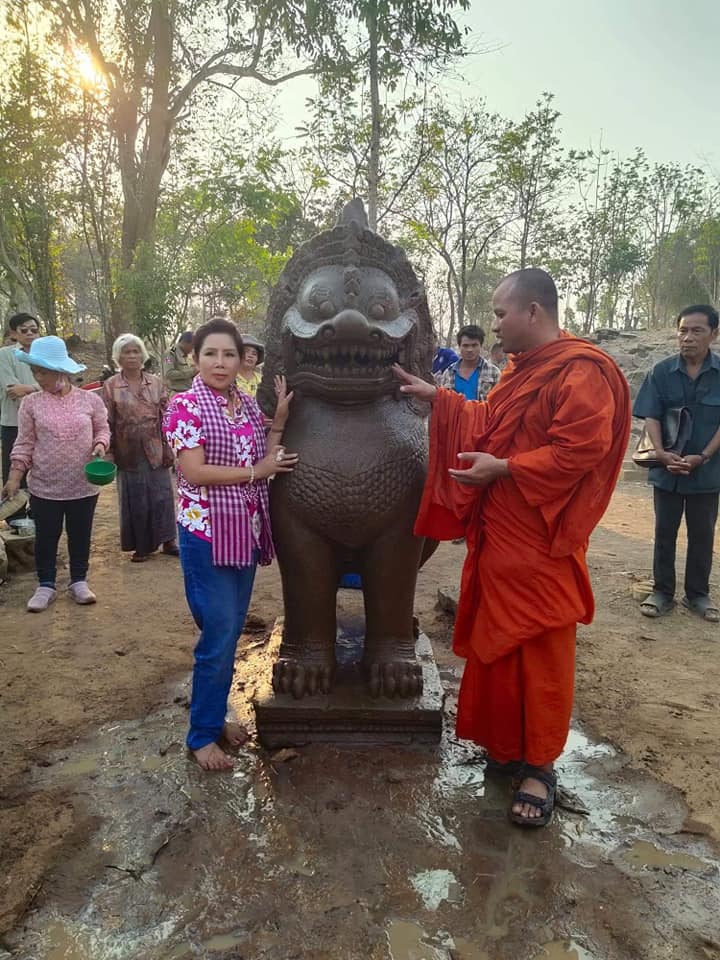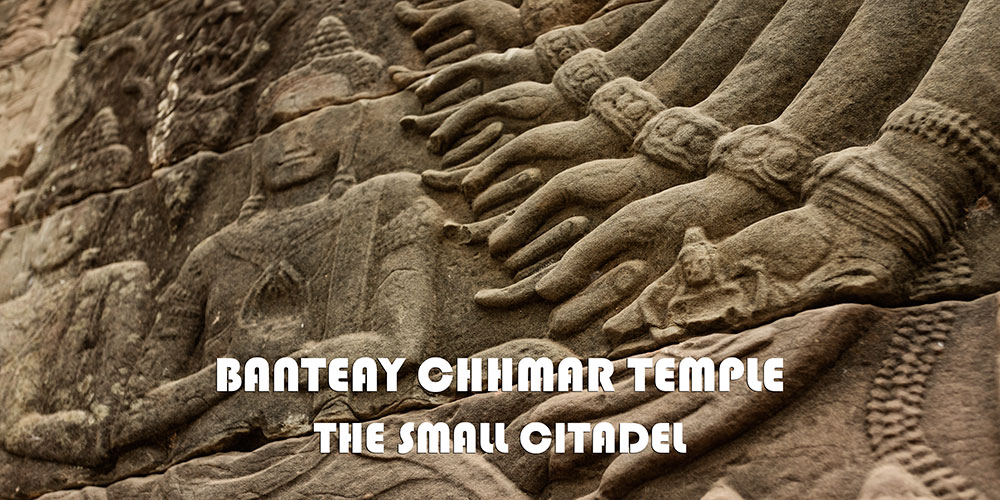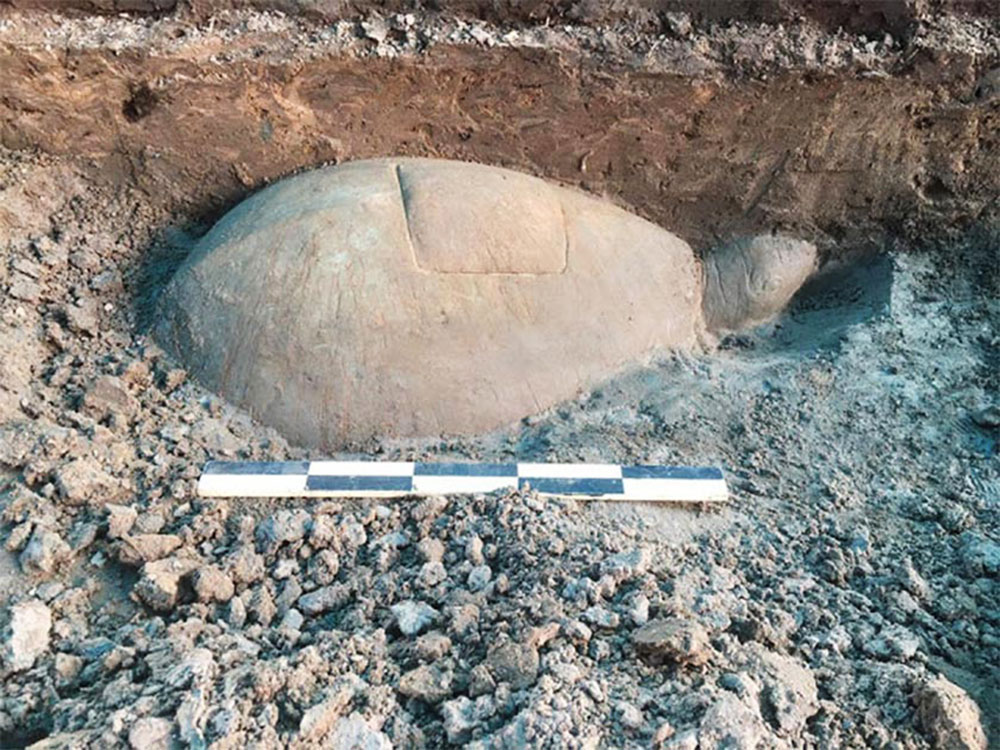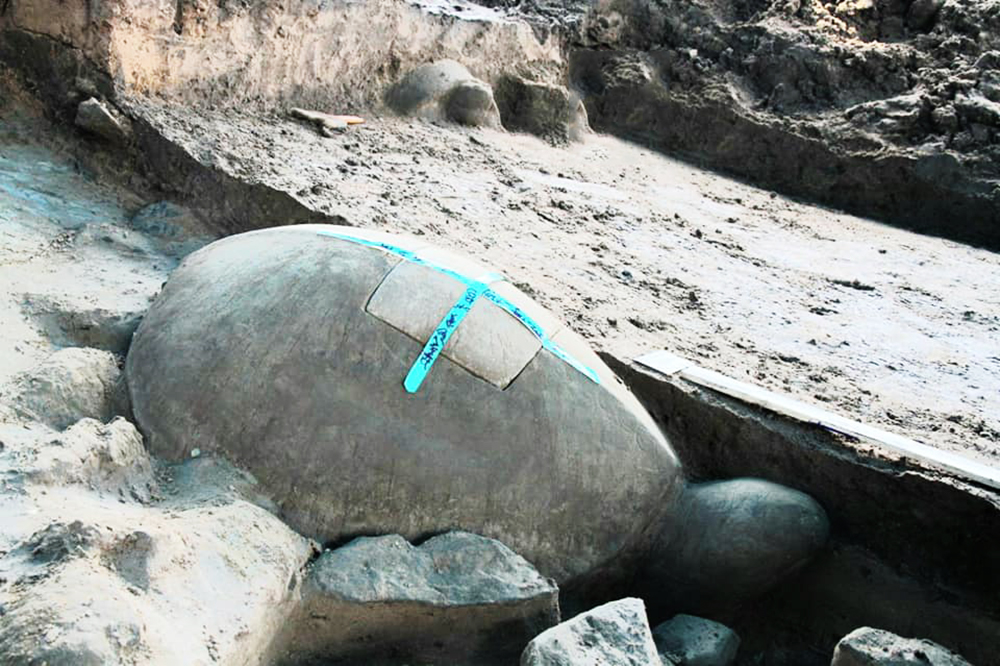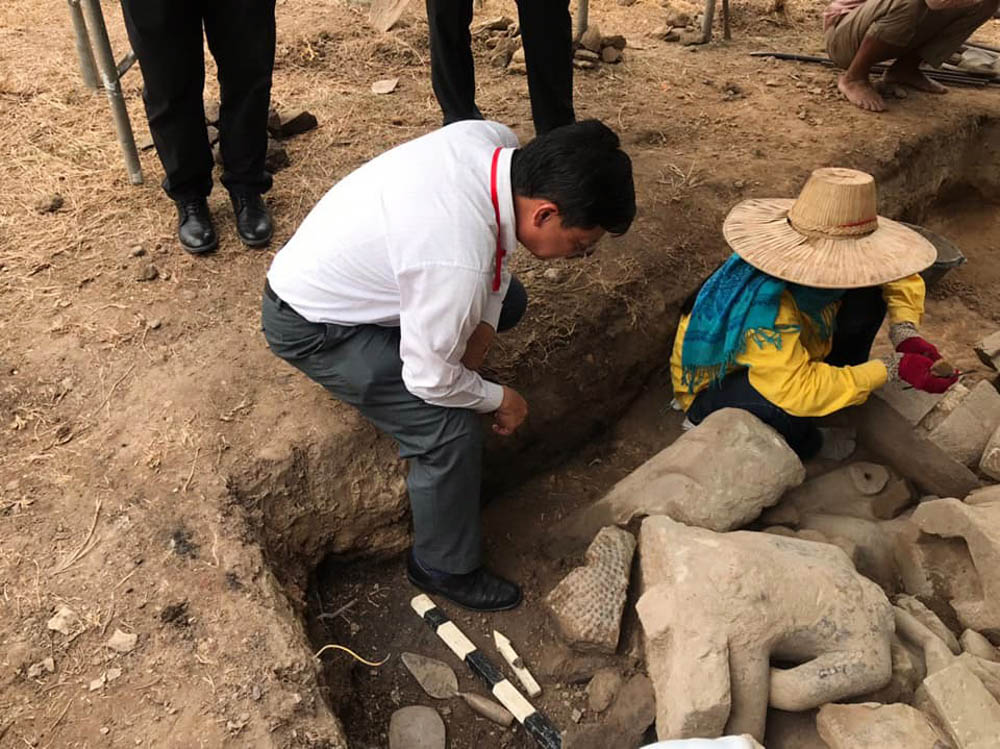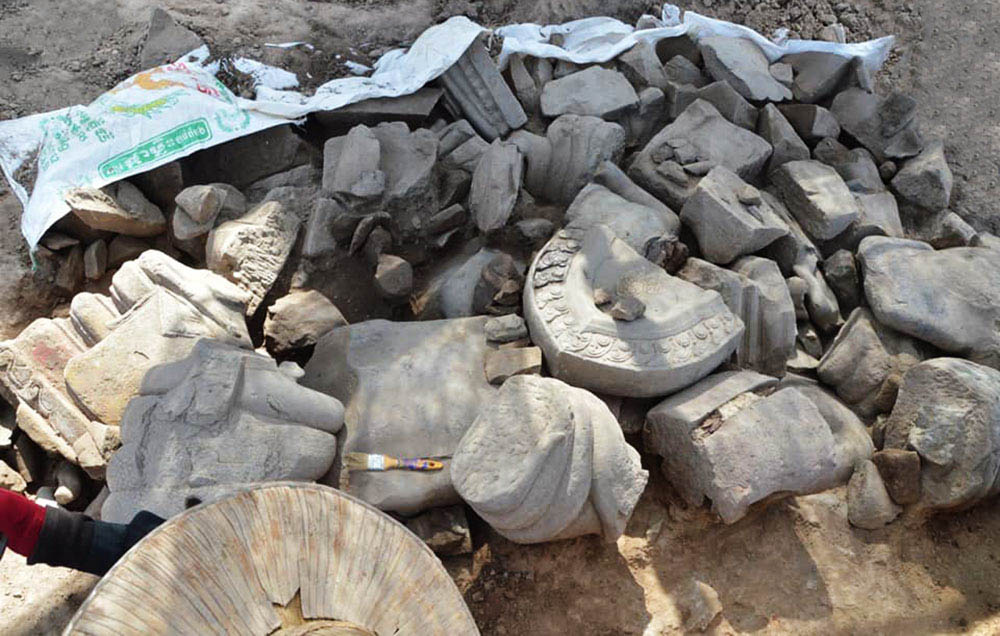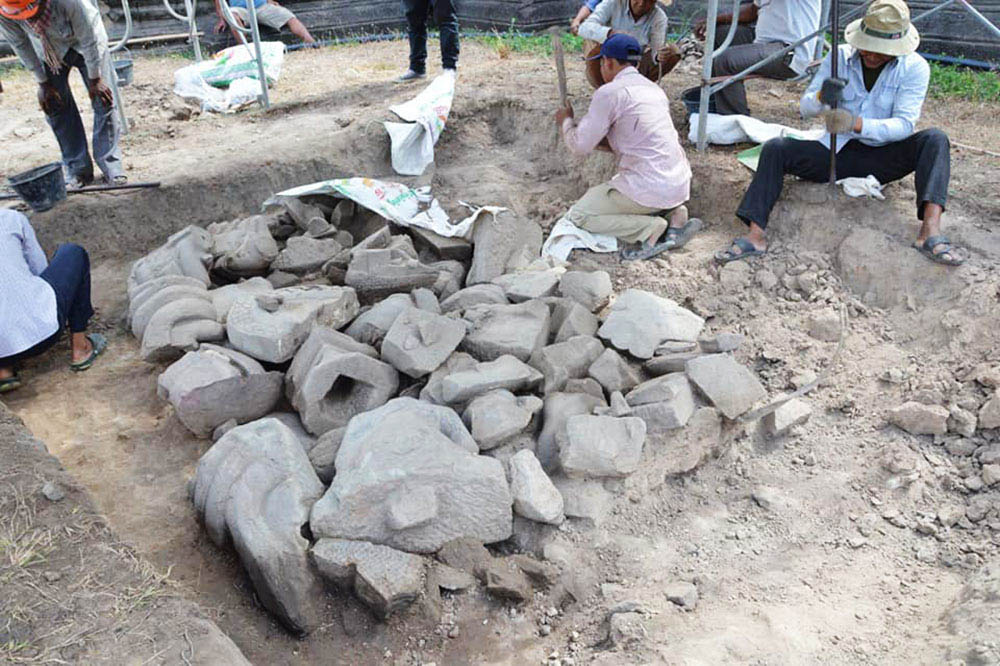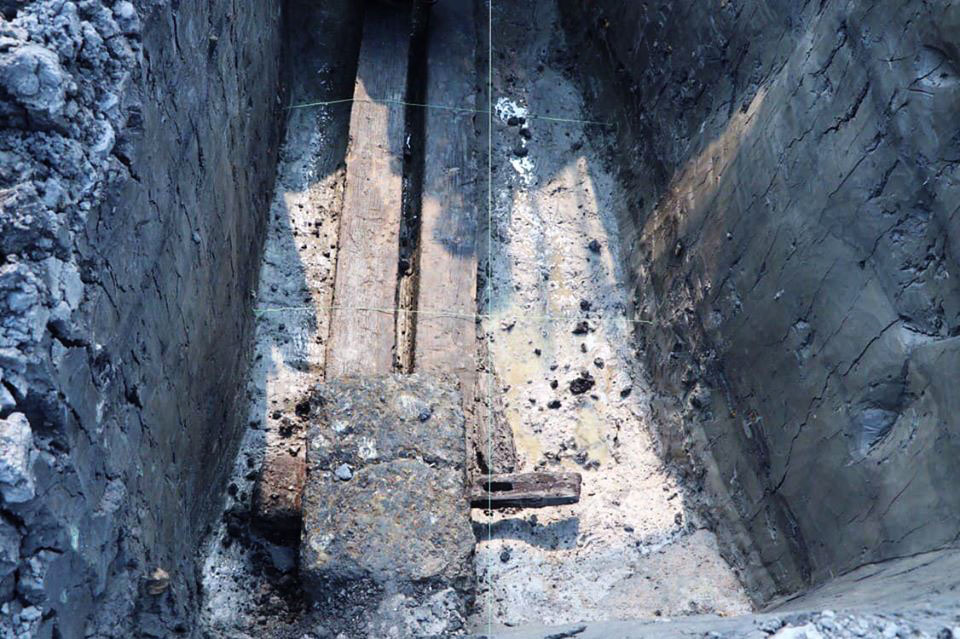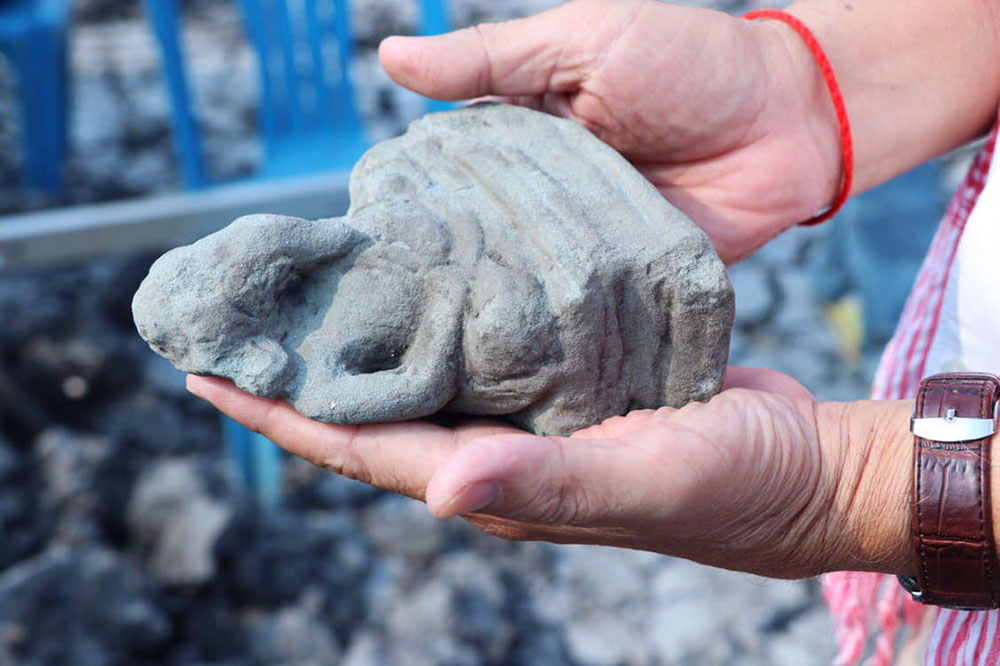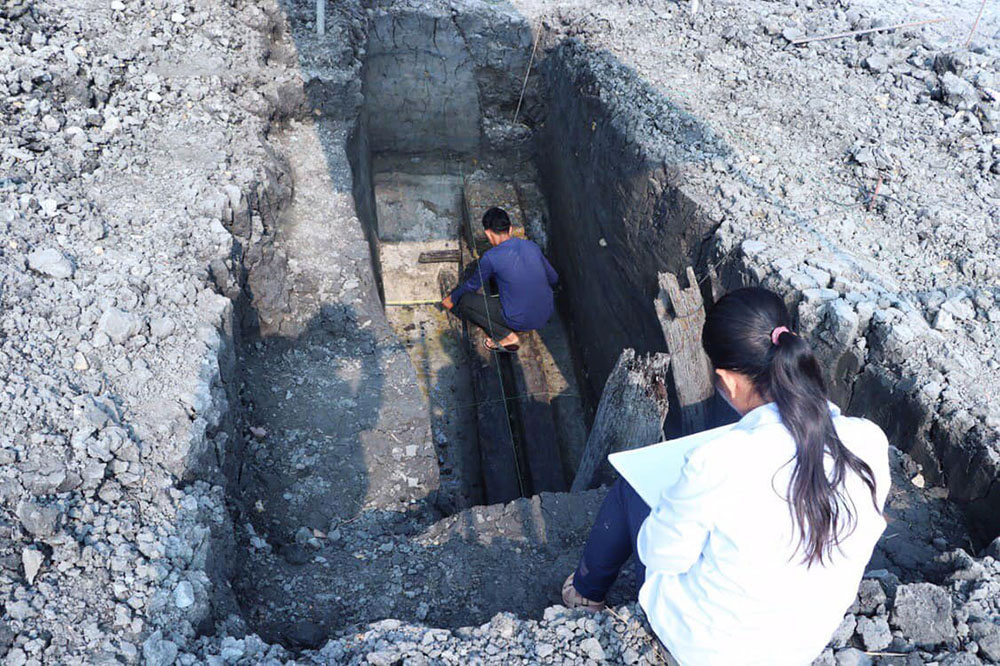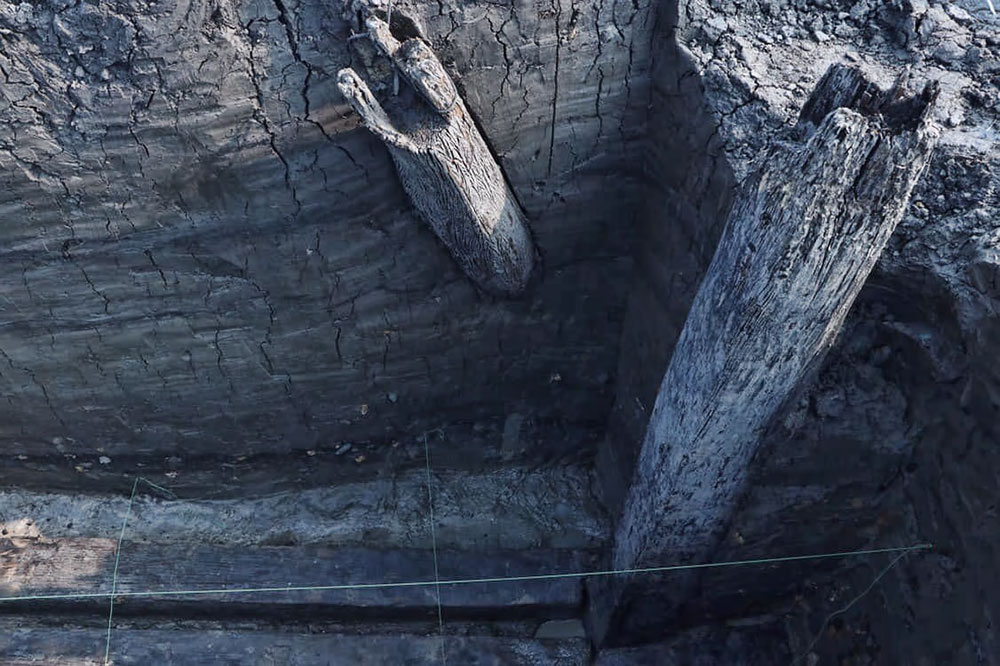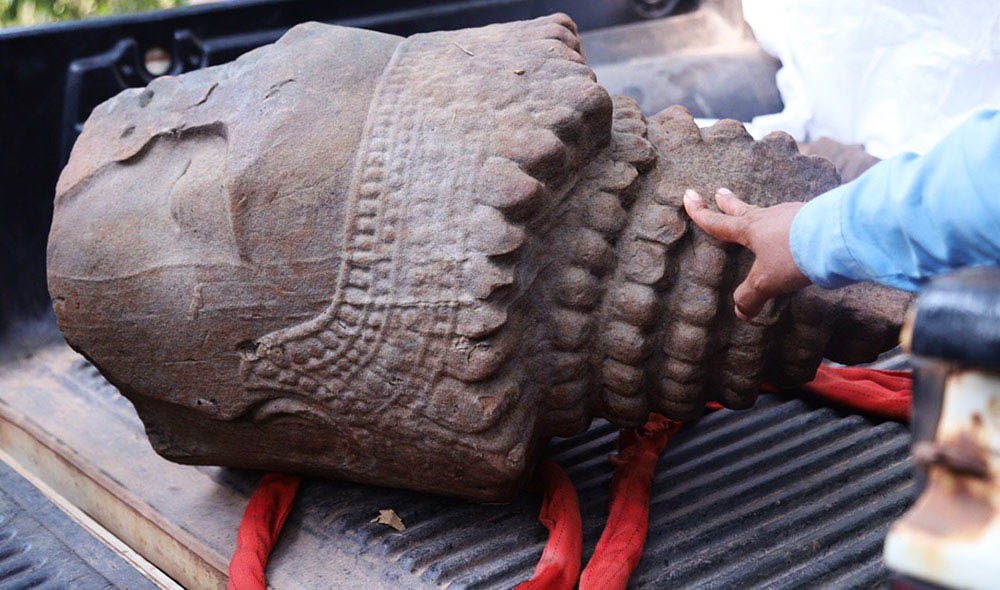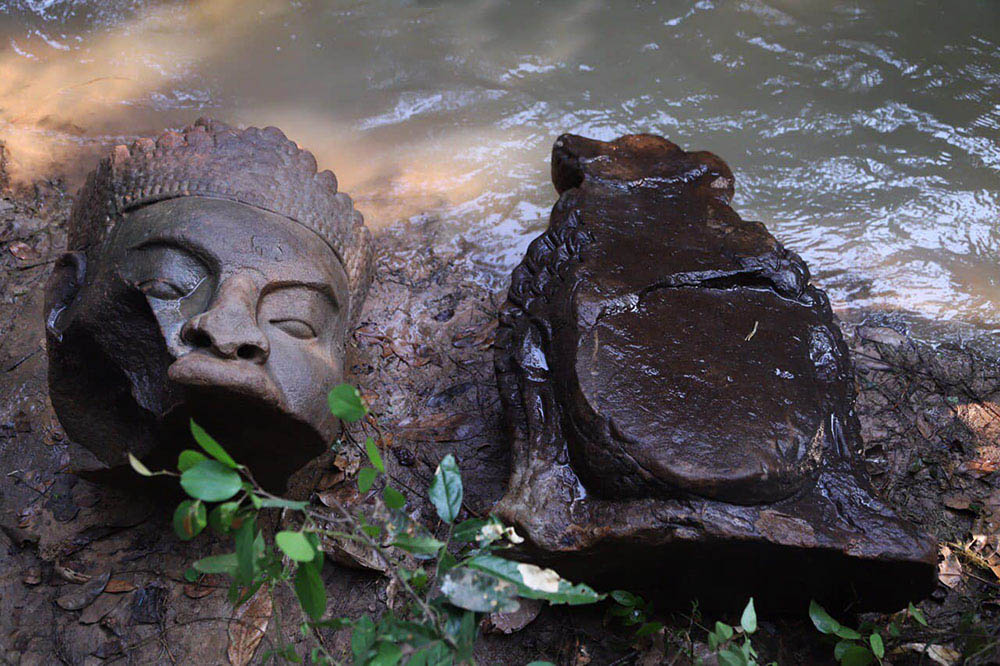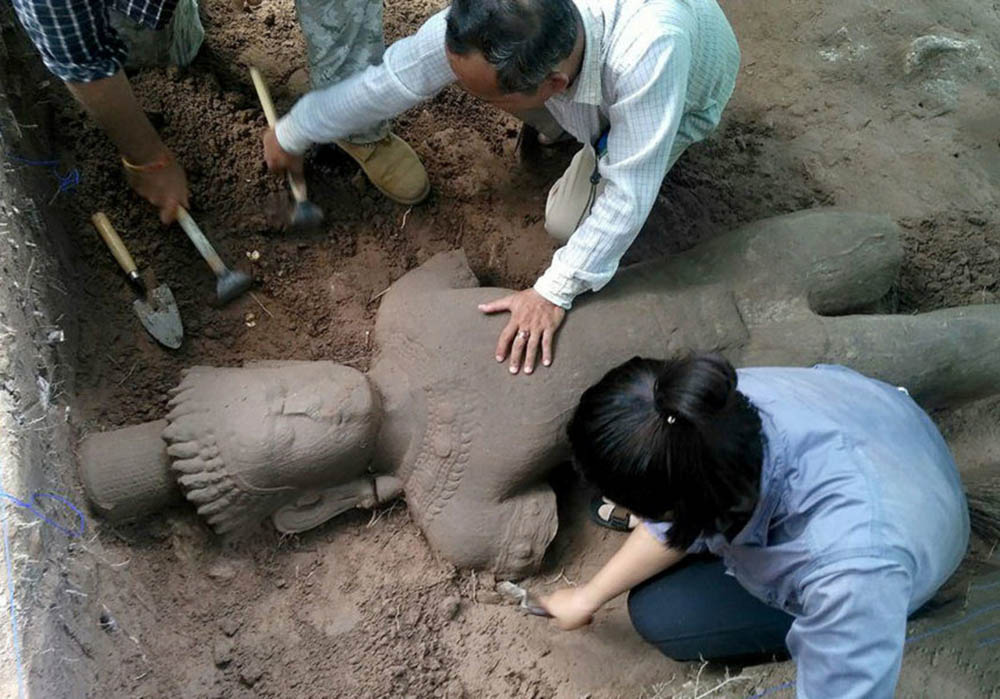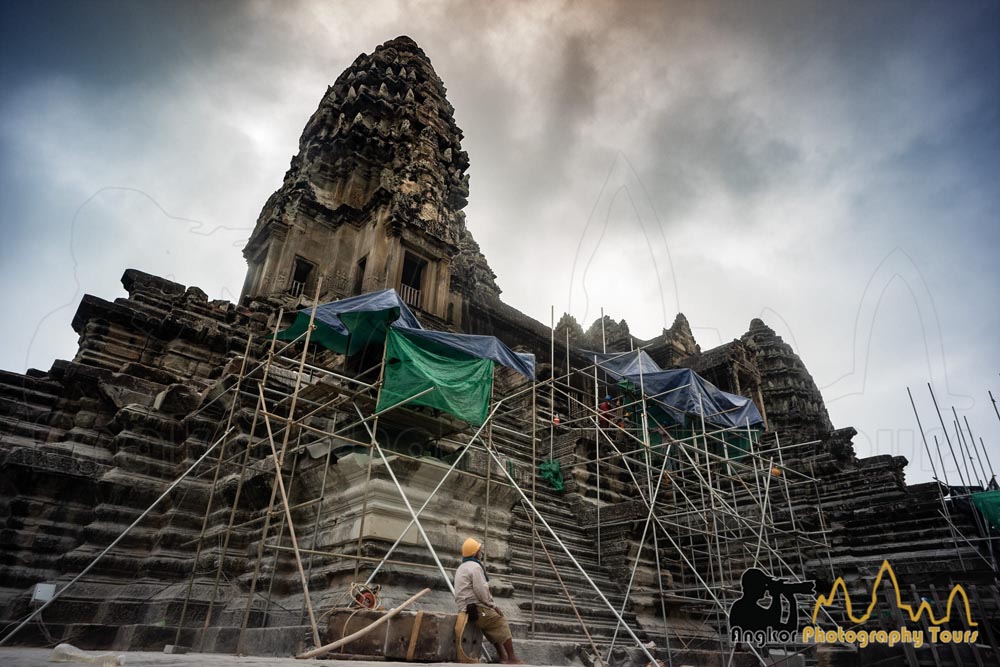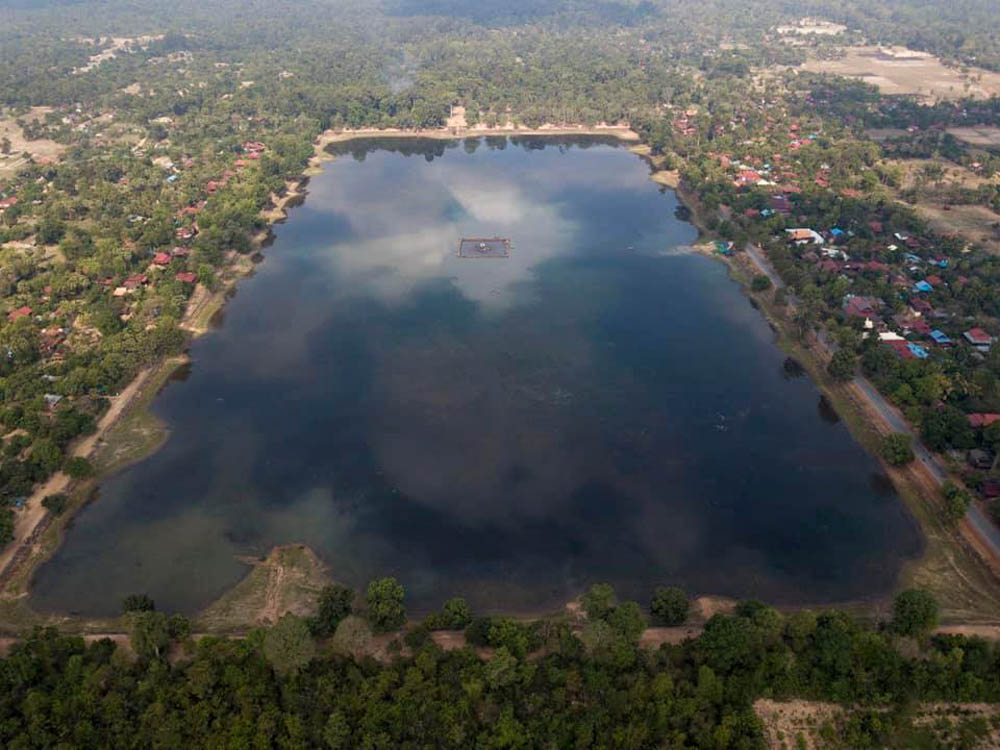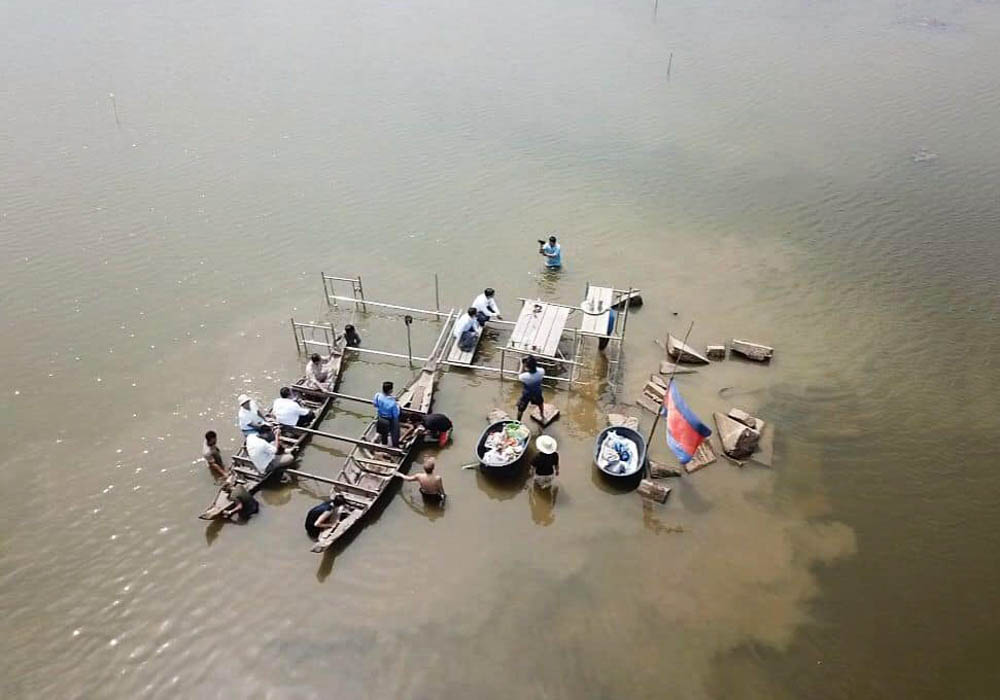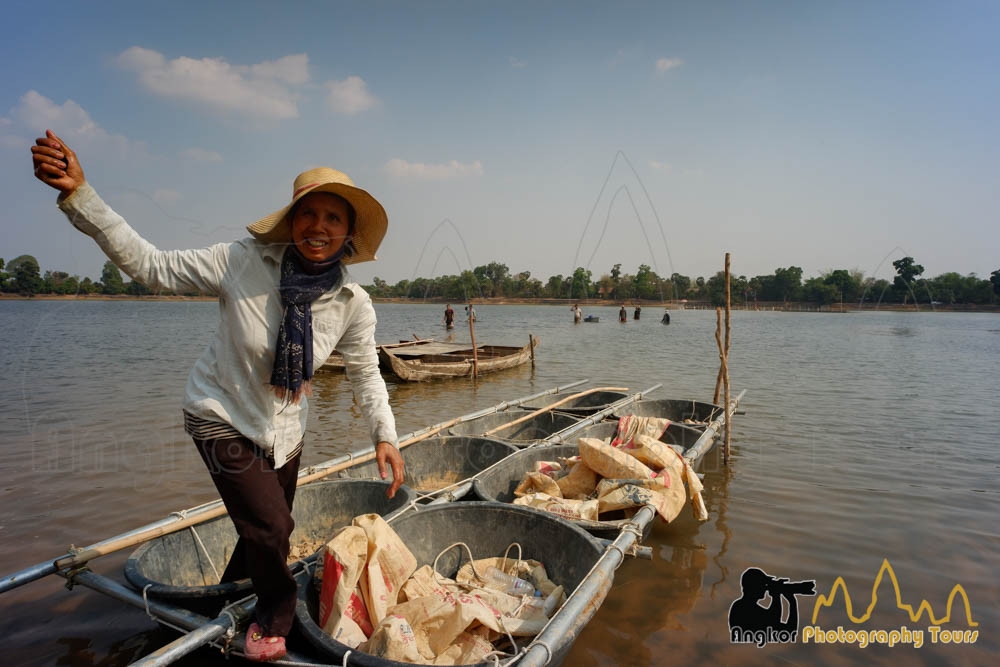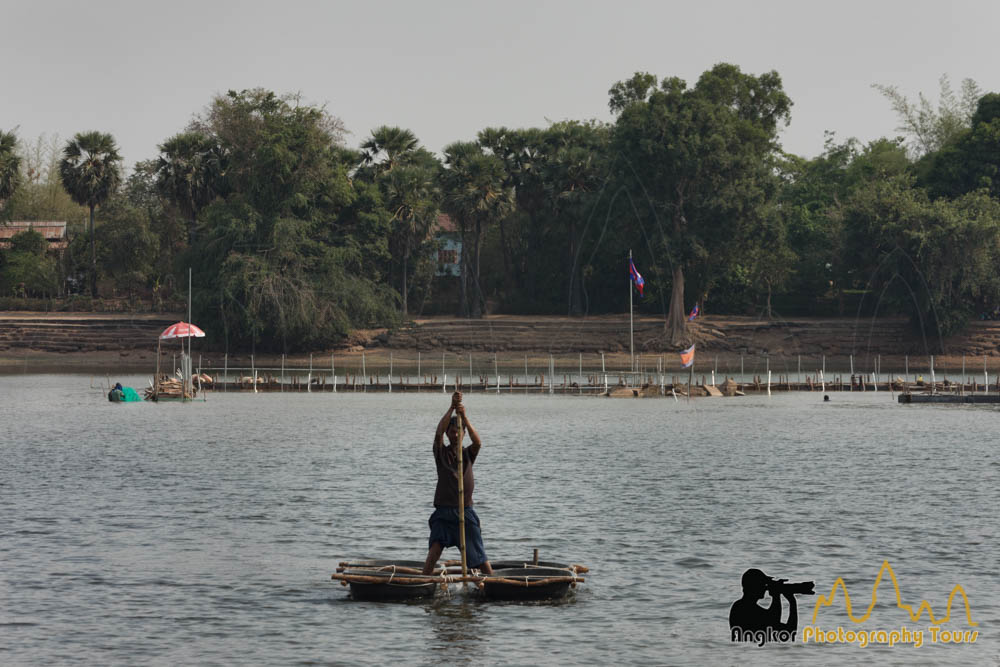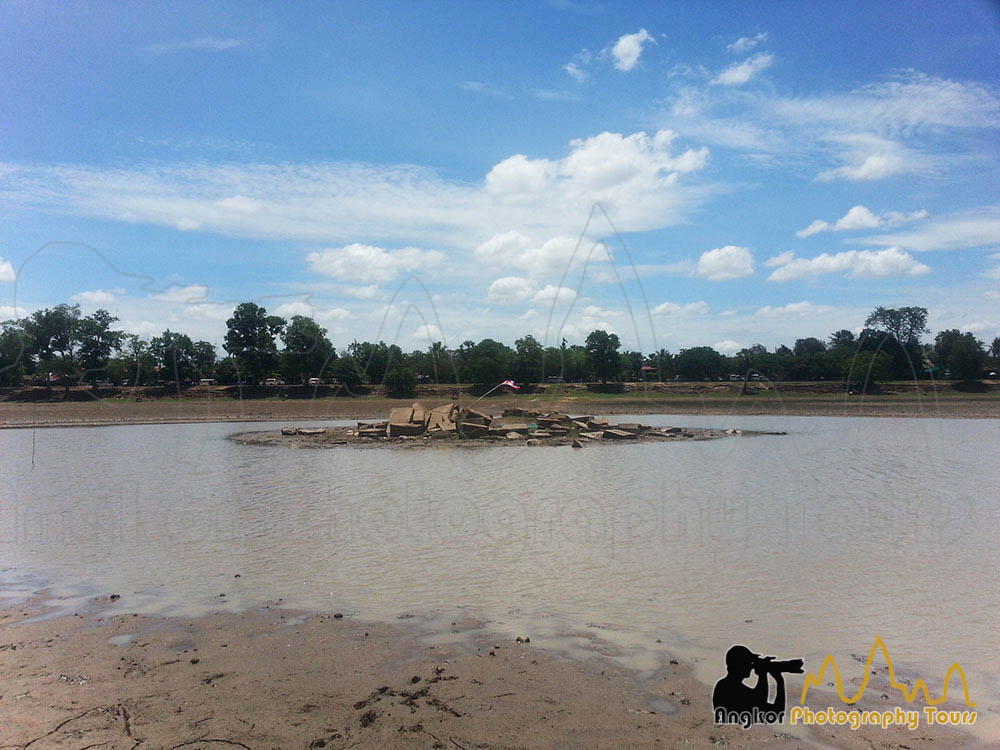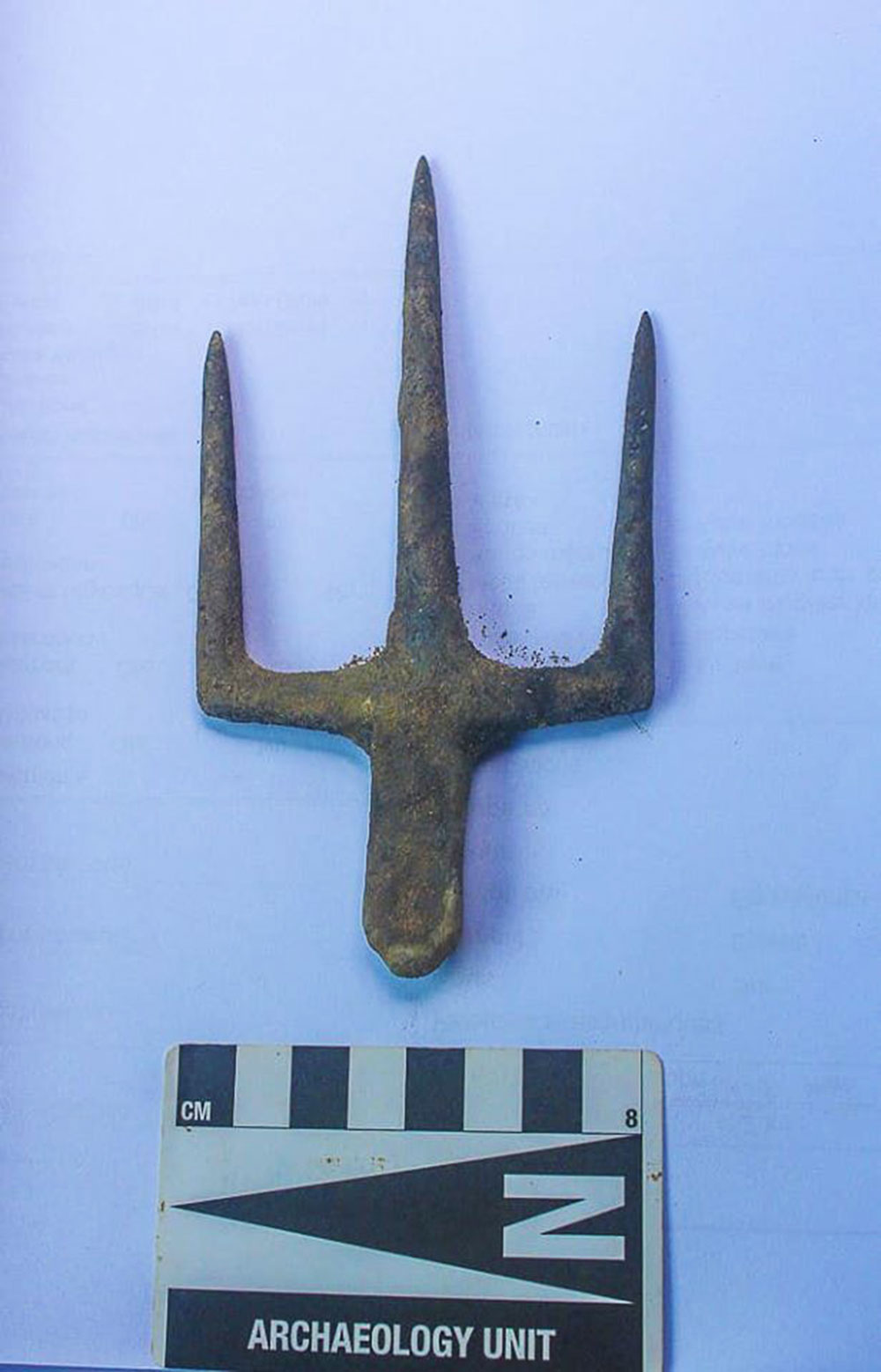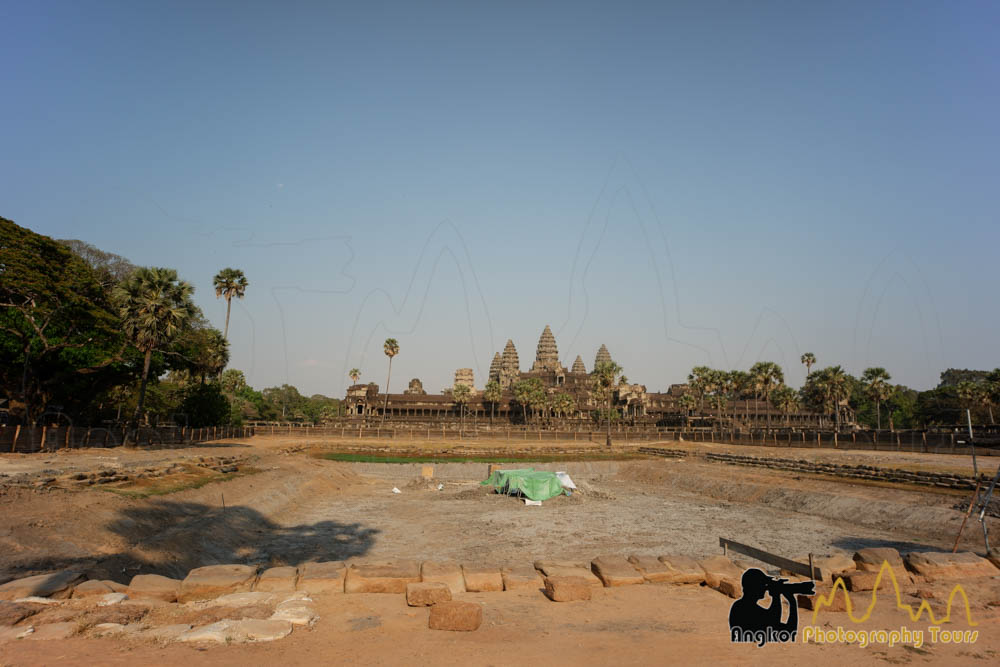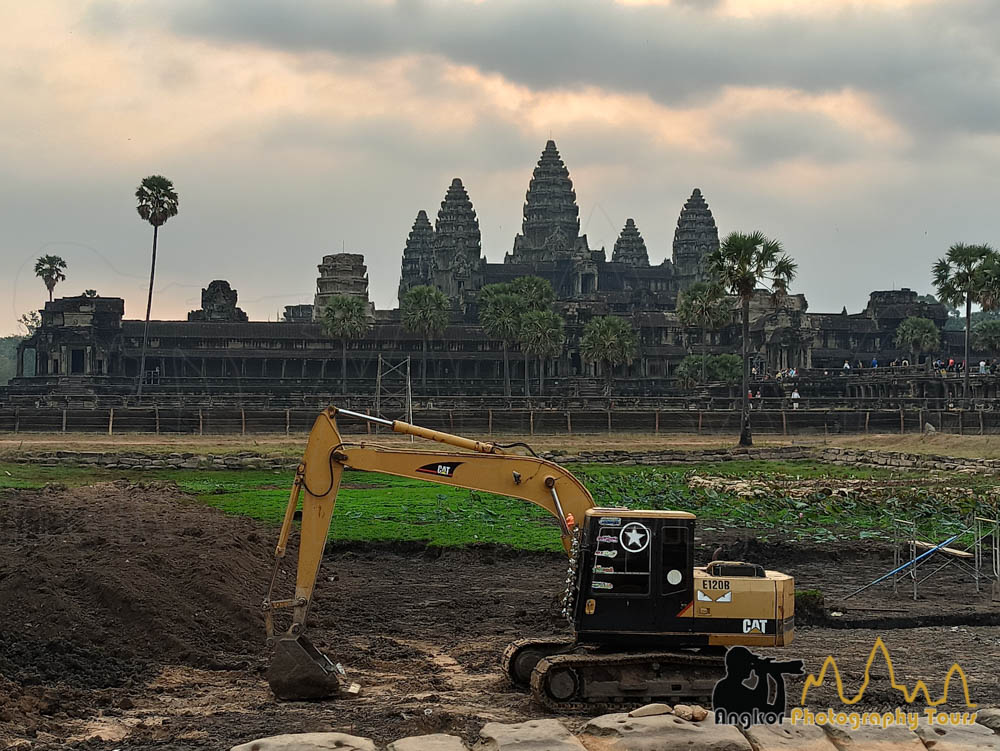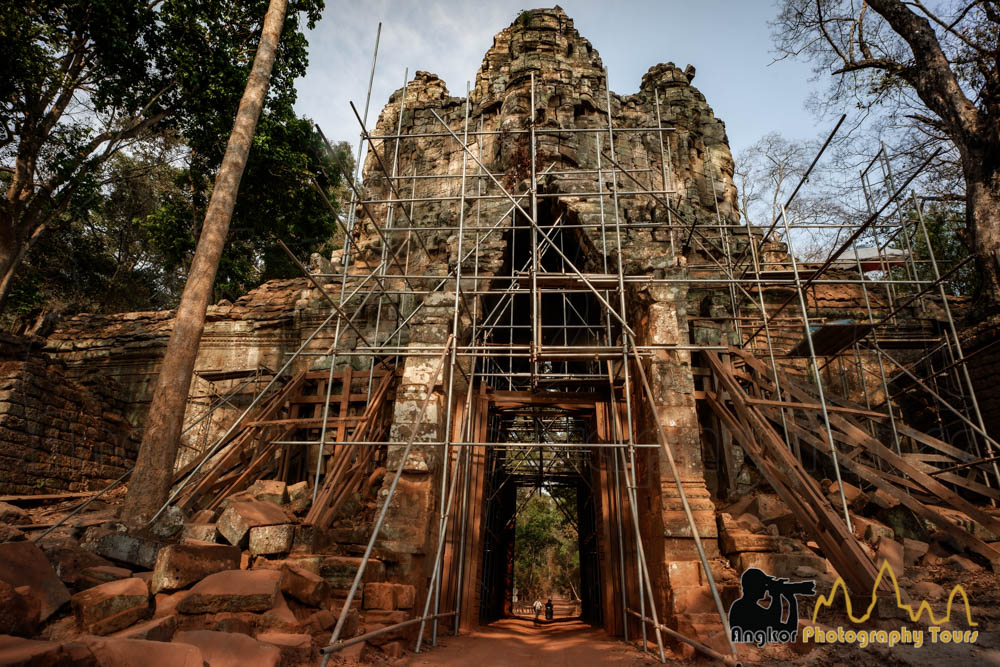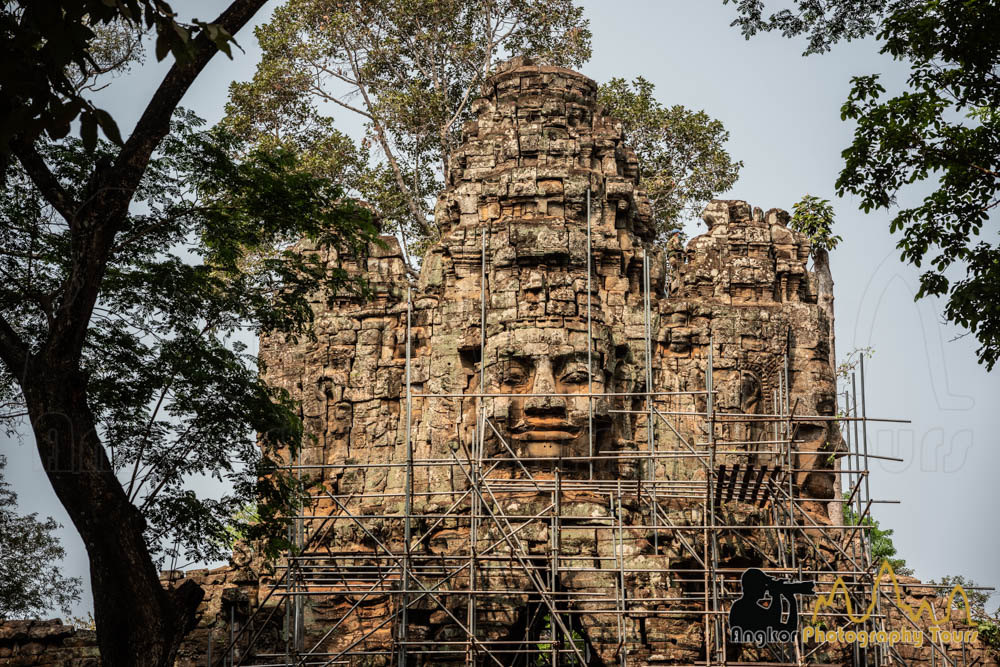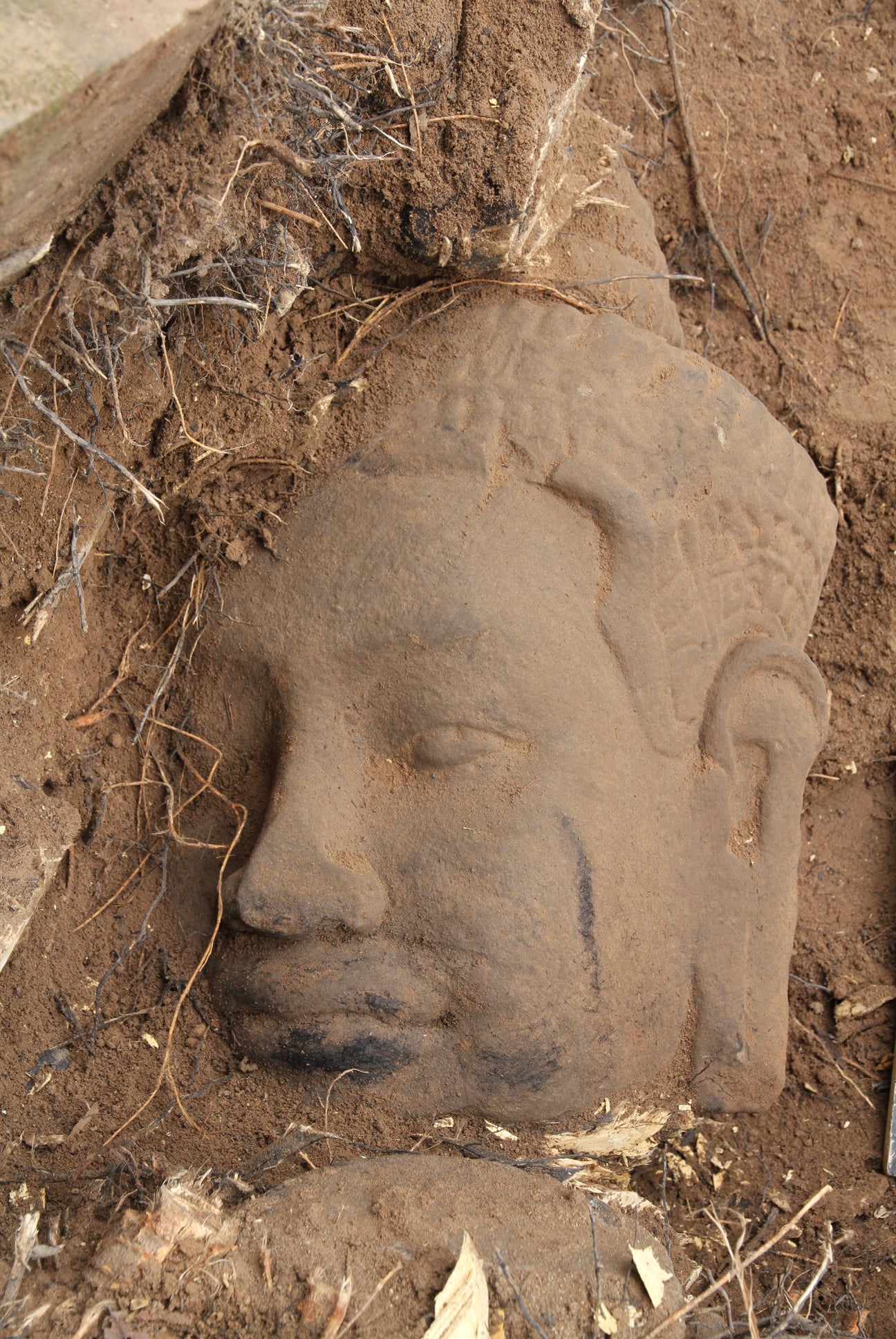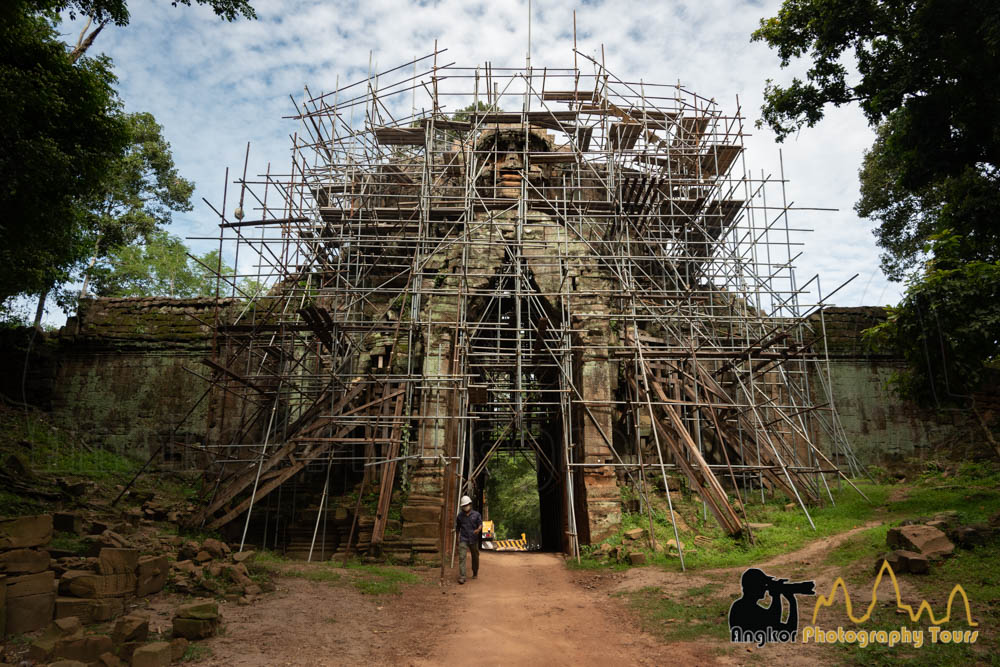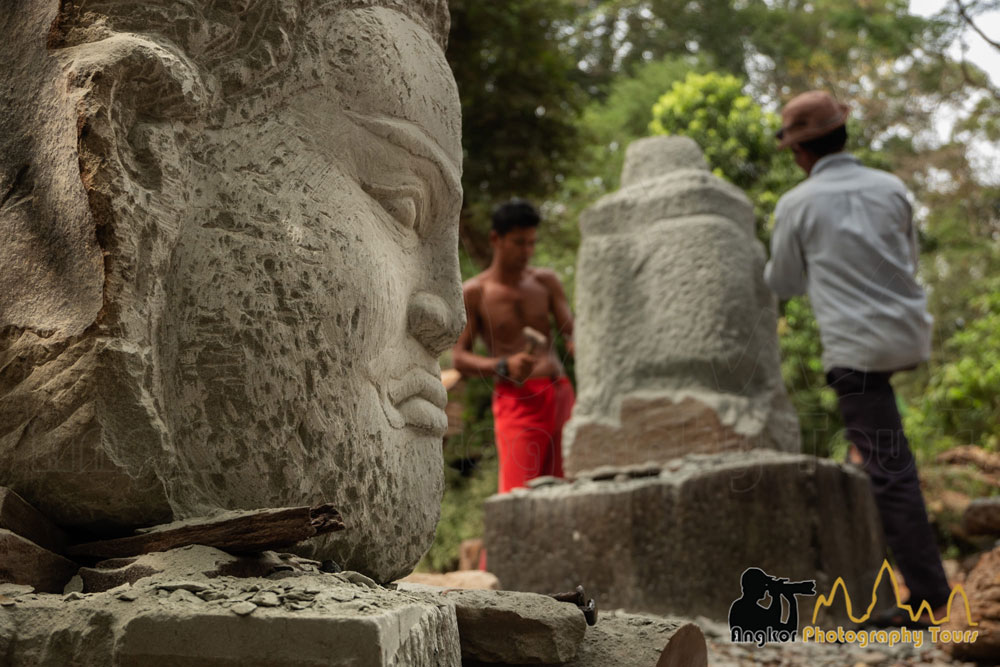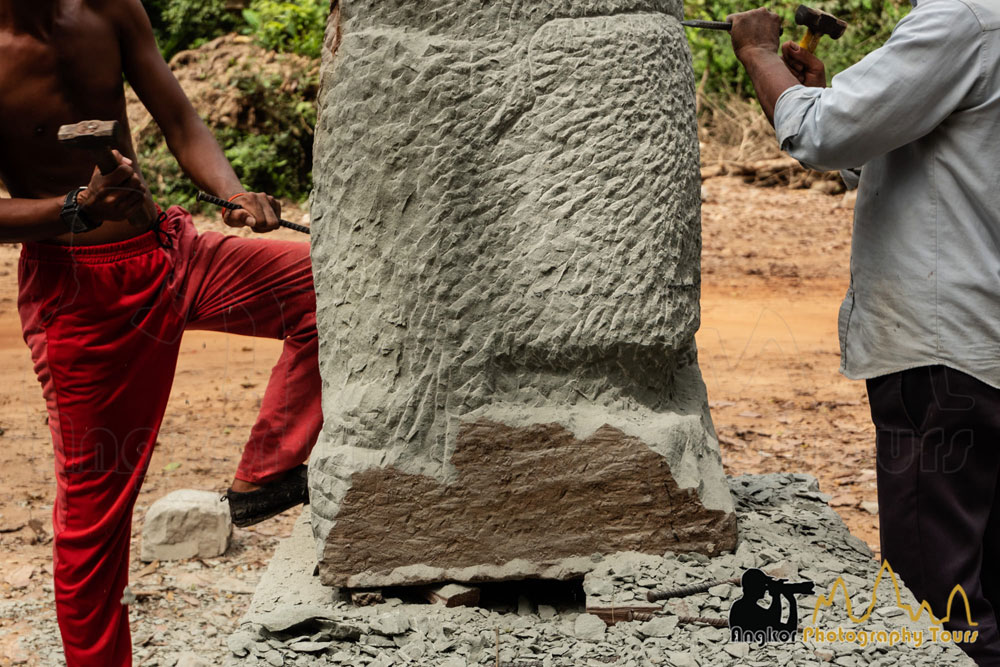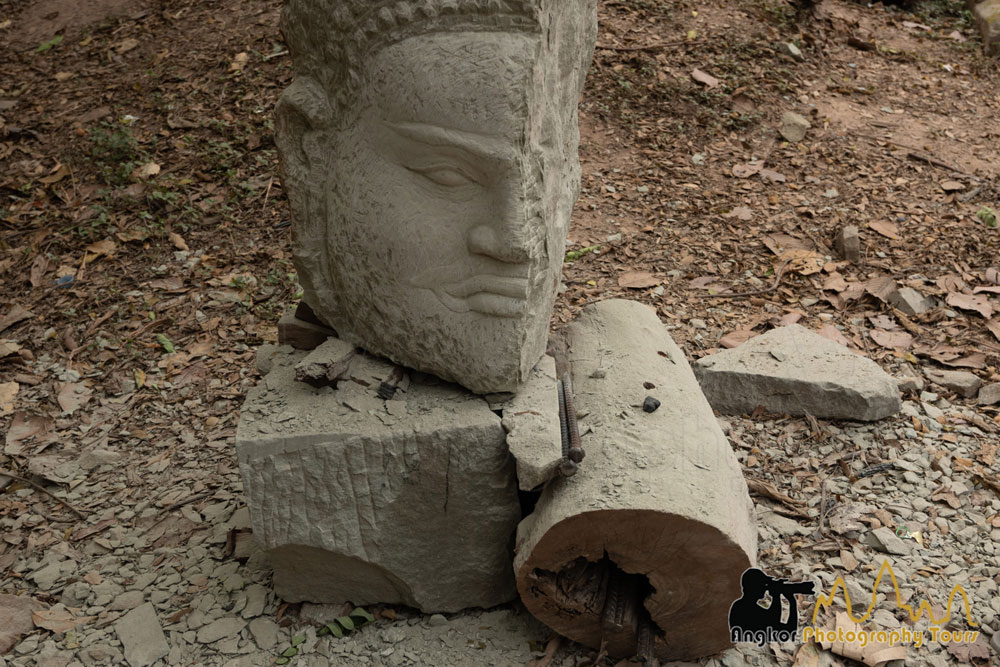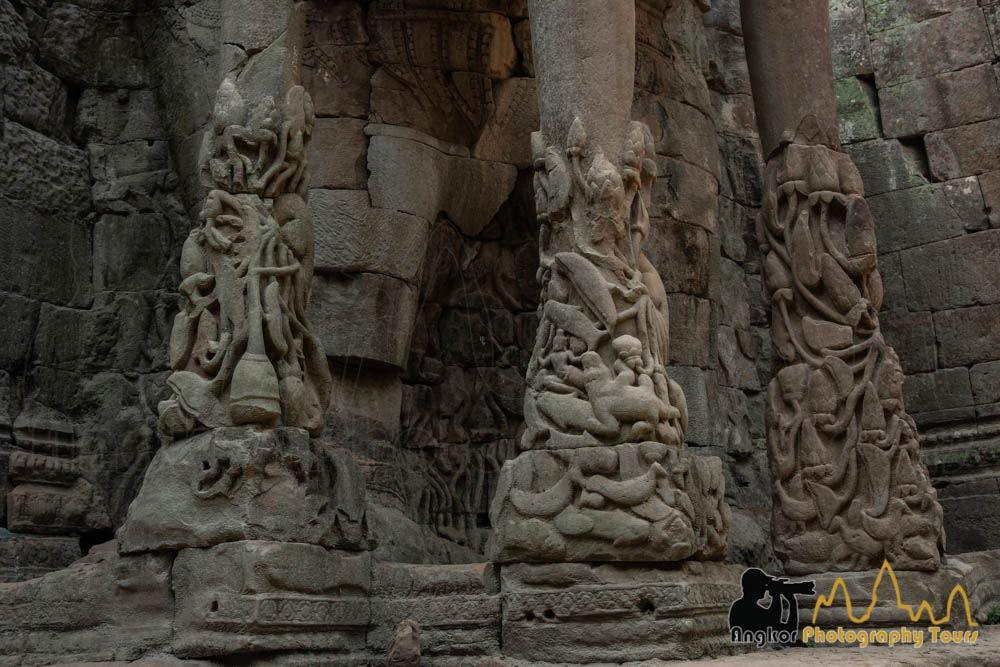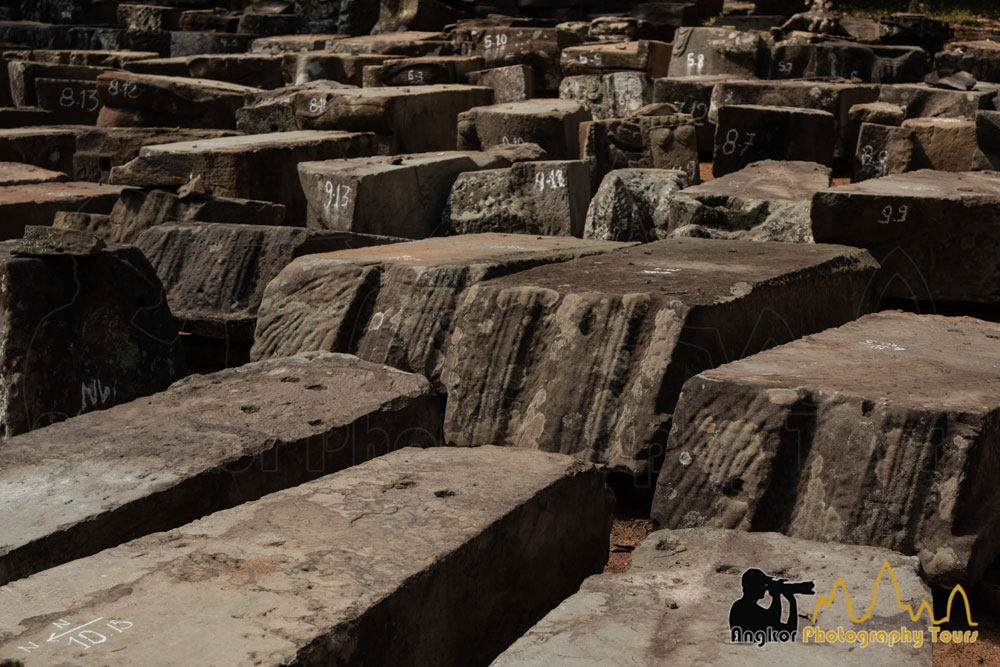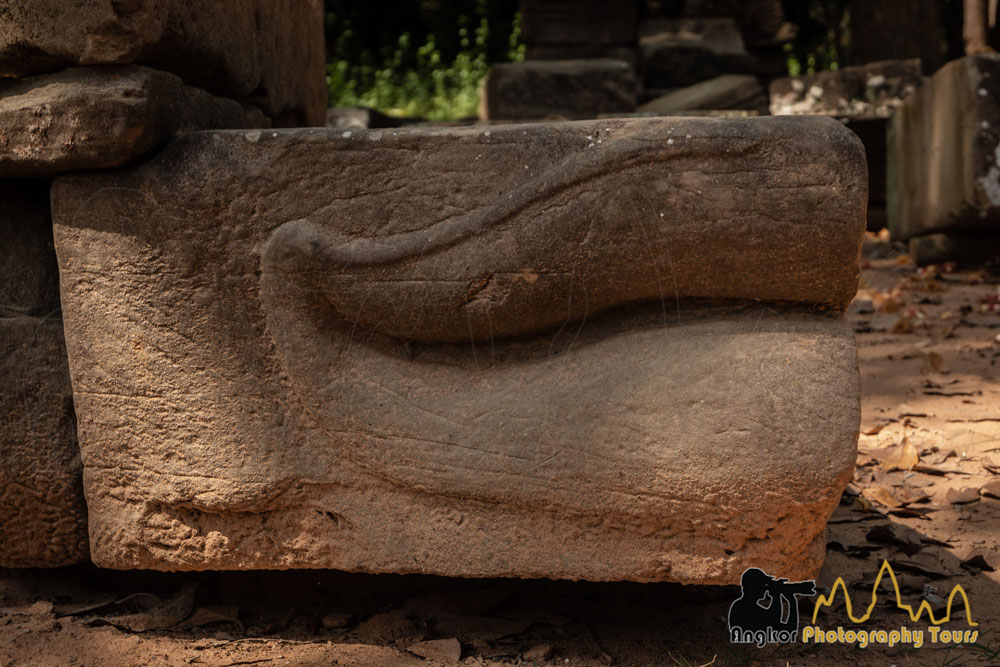Archaeology Cambodia: A Quick Timeline
With over 2000 archeological sites in total, Cambodia is well known worldwide for its beautiful temples of Angkor near Siem Reap.
Angkor Wat temple in particular has captured the imagination of many generations since Henri Mouhot introduced it to the world in 1860 with his book Voyage dans les Royaumes de Siam, de Cambodge, de Laos. Although Angkor was rediscovered earlier in the 16th century, it was never completely abandoned.
It is only after few decades after Cambodia became a French Protectorate in 1863 that archeological conservation began in Angkor. For the explorers who came to Angkor before 1900, it was a dangerous expedition as temples were covered with a dense jungle which grew over the centuries.
One of the most important milestones of the archeological conservation work in Angkor was the inception of the EFEO (The École française d’Extrême-Orient or French School of Asian Studies) in 1900. It is not before 1907 that the restoration work started in Angkor as Siem Reap was controlled by the Kingdom of Siam till this date.
Conservation work was interrupted during the Khmer rouge regime and for many years after. It resumed in 1992 supported by the APSARA and the Cambodian government. Nowadays, many countries are supporting the conservation efforts in the temples of Angkor and beyond such as India, Japan, Korea, Indonesia, China, France, Italy, Germany, Switzerland.
ARCHAEOLOGY PROJECTS IN ANGKOR
The primary goal of this page is to gather the last information about the main archaeological projects in the temples of Angkor and in Cambodia in general. Interestingly since tourism stopped mid March due to the pandemic, many locally privately funded archeological projects have started.
Due to the fact that most temples were built on sand, structures slowly sank and now are buried. It is not uncommon that statues or artifacts are found less than one meter deep into the ground.
ARCHAEOLOGICAL CONSERVATION | DISCOVERIES
Image source: Apsara Authority
An Apsara carving was found on the lower side of the bridge leading to Angkor Thom west gate. It is not clear at this point if this stone was part of the original structure. It is the first time such carving was found on Angkor Thom gates.
A 2-meter tall lion statue weighting more than 2 tons was unearthed during the archeaological project taking place at the pier of the Baray of Banteay Chhmar. He was put back in place at its original position where it will face the sunrise once again.
Image source: Banteay Chhmar CBT Facebook page
Image source: Banteay Chhmar CBT Facebook page
TO KNOW MORE ABOUT BANTEAY CHHMAR TEMPLE, CLICK BELOW
Two days apart, two stone turtles were unearthed from the ground of Kandal Srah Srang. The first one uncovered on May 6th 2020, measured 22 by 37 inches and had a lid which when was opened was found empty. The lid of the second turtle found two days later contained small crystal stones and a small trident
The tortoise Kurma is an avatar of the Hindu god Vishnu and often depicted in the story of the churning of the Ocean of Milk. It is not the first time stone turtles were found in Angkor: two were found at Bayon temple in 2014 with one containing a gold leaf and crystals in its cavity.
First turtle discovered in Srah Srang. photo credit: Apsara Authority
Second turtle discovered in Srah Srang. photo credit: Apsara Authority
During the installation of an irrigation system on the lawn of Angkor Wat temple, many pieces of beheaded Buddha statues were unearthed only 40 cm deep in the ground. They were found together with modern object including plastic bags suggested that they were buried in the 60’s or 70’s.
photo credit: Apsara Authority
photo credit: Apsara Authority
photo credit: Apsara Authority
During the excavation work on the northern pond of Angkor Wat, an intriguing structure with wooden beams (believed to be dating back from the 12th century) was found below the pond. A small statue of Ganesha was also recovered.
photo credit: Apsara Authority
photo credit: Apsara Authority
photo credit: Apsara Authority
photo credit: Apsara Authority
A team of the APSARA Authority discovered two face stones buried in the siem reap river nearby the death gate of Angkor Thom about 1.5 km from Bayon temple. One was a faceless demon head (also called asura) and the other a god head (called deva) with its left and bottom parts of the face missing.
The death gate is one the most remote of the five gates of Angkor Thom and also the one with no statues standing so this discovery is significant. Originally, each gate had on each side two rows of demons and god pulling a snake as reference to the story of the Churning of the Sea of Milk.
Each side had 2X 54 statues so 216 heads were attached to this site originally.
photo credit: Apsara Authority
photo credit: Apsara Authority
A 2-meter sandstone statue was unearthed 40cm deep in the ground of an angkorian hospital dating back from the 12th century. This archaeological site, called Tonle Snguot Temple is one of the 4 remaining of the network of 102 hospitals built by Jayavarman VII in Angkor Thom. Two others can be visited close to Angkor Wat and Takeo temples.
This statue is believed to be standing on the entrance of the hospital acting as a guardian. Many similar statues like this one can be find in Preah Khan temple, although their head had been stolen in the 70s so it is quite rare to find statues with a complete head. However this statue’s arms and legs were missing.
photo credit: Apsara Authority
ARCHAEOLOGICAL CONSERVATION PROJECTS | ONGOING
The central sanctuary of Angkor Wat, also called Bakan, is the third and most sacred level of the temple. It is currently accessible by a wooden stairway covering the original stairs from the east side, the other accesses being blocked at this time.
The foundation of the sanctuary is made of laterite stones which can be seen in some damaged part of the structure.
This work is part of a 5-year project aimed at restoring different sections of Bakan. After the restoration of the northwest and southwest corners will be completed, the next task will be consolidate the southeast and northeast corners of the sanctuary.
Srah Srang (Khmer: ស្រះស្រង់, “Royal Bath”) is an artificial reservoir (also called Baray) surrounded by sandstone and laterite rocks facing the east entrance of Banteay Kdei temple. It is believed to have been dug in mid 1oth century and subsequently modified during the reign of Jayavarman VII in the 12th century.
It measures 700 by 350 meters and it is very shallow most of the year, occasionally becoming dry few weeks a year. In the dry season you could sometime see a small pile of sandstone blocks right in the middle of the reservoir. A Cambodian flag marked its position when the rocks are below the water.
The current project, privately funded and executed by the Apsara Anthority is focusing on the restoration of the central temple. The first phase of the project is to build a wall around the small temple to isolate it from the surrounding water (see drone picture below). Two quite rare sandstone turtoises were found on the site: two replicas were placed at the same location.
At the end of the restoration project in January 2021, one can see from far away a lotus shaped temple, and a broken Naga standing. In February 2021 the temple was opened for the first time to the public and it now accessible (depending on the water level).
Srah Srang drone view. photo credit: Apsara Authority
Temple bird view. photo credit: Apsara Authority
Cambodian worker from the restoration project (April 2020)
Cambodian worker with central temple in the background (April 2020)
Srah Srang’s central temple (June 2016)
Trident found on Srah Srang island on May 4th 2020. photo credit: Apsara Authority
The northern reflection pond is a world’s famed location where thousands of tourists day after day stand to witness the color of sunrise behind the five lotus-shaped towers of Angkor Wat. The site got damaged years after years by millions of visitor and by erosion. In recent years, the level of water was dropping so much in dry season that water from the main moat of Angkor Wat had to pumped in.
The pond is 76 meters long and 48.5 meters wide, his depth ranging from 2.7 to 2.9 meters and has embankment steps made of sandstone and laterite stones. Announced multiple times in 2018, the project of restoration of the pond was started in May 2019
The purpose of this project, beside the restoration, is to understand how the pond was built originally and to carry some archaeological excavations. In 2021, the project is still ongoing.
Northern pond with Angkor Wat in the background, the wooden beams were found below the green cover (4th April 2020)
Excavation work at Angkor Wat Northern pond (27th February 2020)
The west gate of Angkor Thom, also known as Ta Kav gate or TaKaov gate is one of the five gates leading to the 12th century fortified complex of Angkor Thom, also the last city of the Khmer Empire before it was gradually deserted from the 15th century.
Symmetrically opposite from Bayon and the East gate, about 3 kilometers away, TaKaov gate has always been out of the beaten path from most tourists visiting the Angkor archaeological park. This gate is actually used everyday by local people either on bicycle or motorbikes as a gateway from nearby villages to Angkor Thom. Its path was once covered by wooden planks, but now only a dirt path remains.
In July 2021, a huge anastylosis project was started on the gate. During excavations, three deva and asura heads were discovered on the western side of the gate. One asura (god head) was found buried under a tree. Some large trees surrounded the gate were cut as well to make room for the restoration work. In 2022, the project continued and the 4 faces removed from the gate and some giant statues being carved to be placed on the western side of the gate. In February 2023, Apsara Authority annonced that the restoration project was completed.
TaKaov gate, April 2020
Ta Kav gate in March 2021
Asura head found buried under a tree. photo credit: Apsara Authority (July 2021)
Ta Kav gate, August 2021
New half-face made of sandstone. February 2022
Banteay Kdei temple (AD 1185) is a one of the the many temples built under the reign of the king Jayavarman VII following the Bayon style and one of the few temples with face towers in Angkor.
Banteay Kdei is actually quite unique within the Angkor archaeological park as all four of its face towers are still standing. The current restoration work is focusing on the western gopura which has only two of its four faces complete. One face facing west is missing its top half. in 202o, trees have been cleared around the tower making the faces more visible than before.
After a period of inactivity, the project resumed in January 2022 where the gate is being disassembled. It is not clear at this stage if new sandtone blocks will be added to the structure.
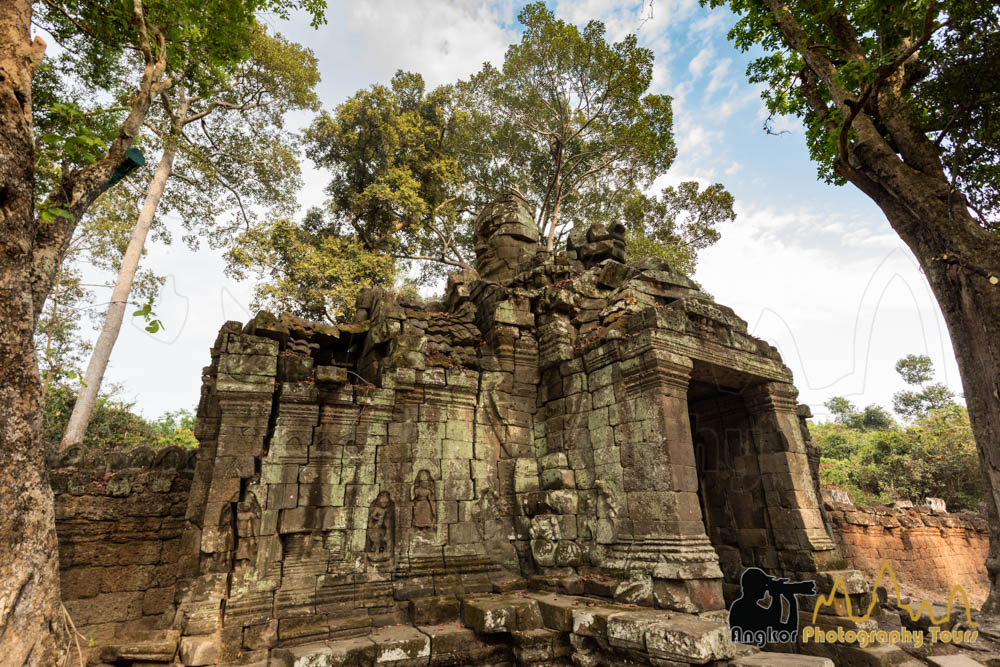
Banteay Kdei west gate in March 2020 after trees were cut
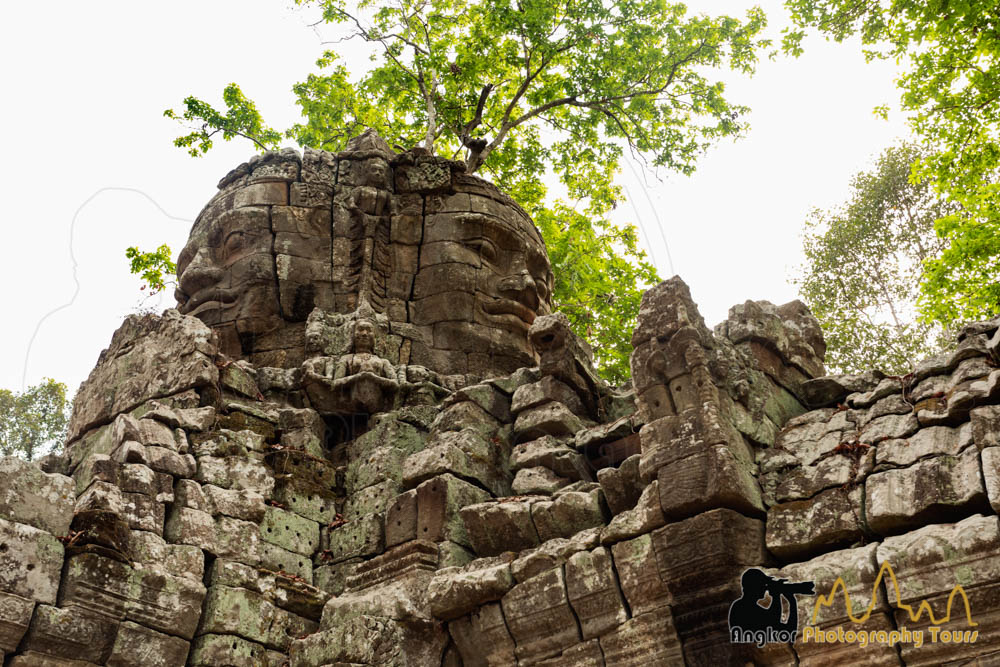
Banteay Kdei west gate in March 2020 after trees were cut
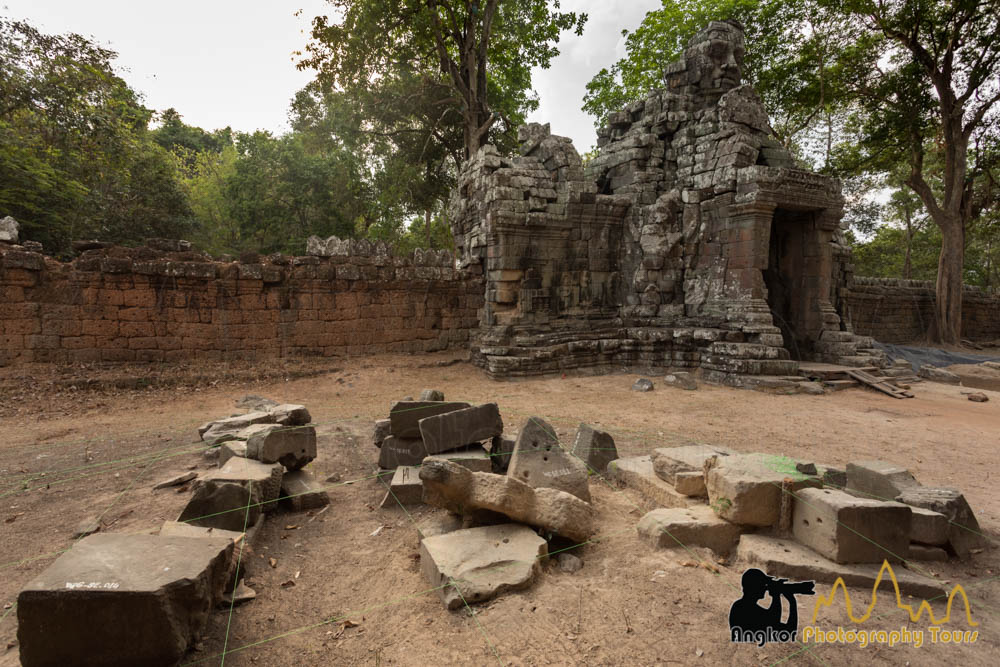
Banteay Kdei west gate facing east in March 2020
- Meak Bochea: Celebrating Buddha’s Final Teaching in Siem Reap Cambodia - February 14, 2025
- Angkor Wat Marathon - June 22, 2024
- Timelapse calculator - June 22, 2024
